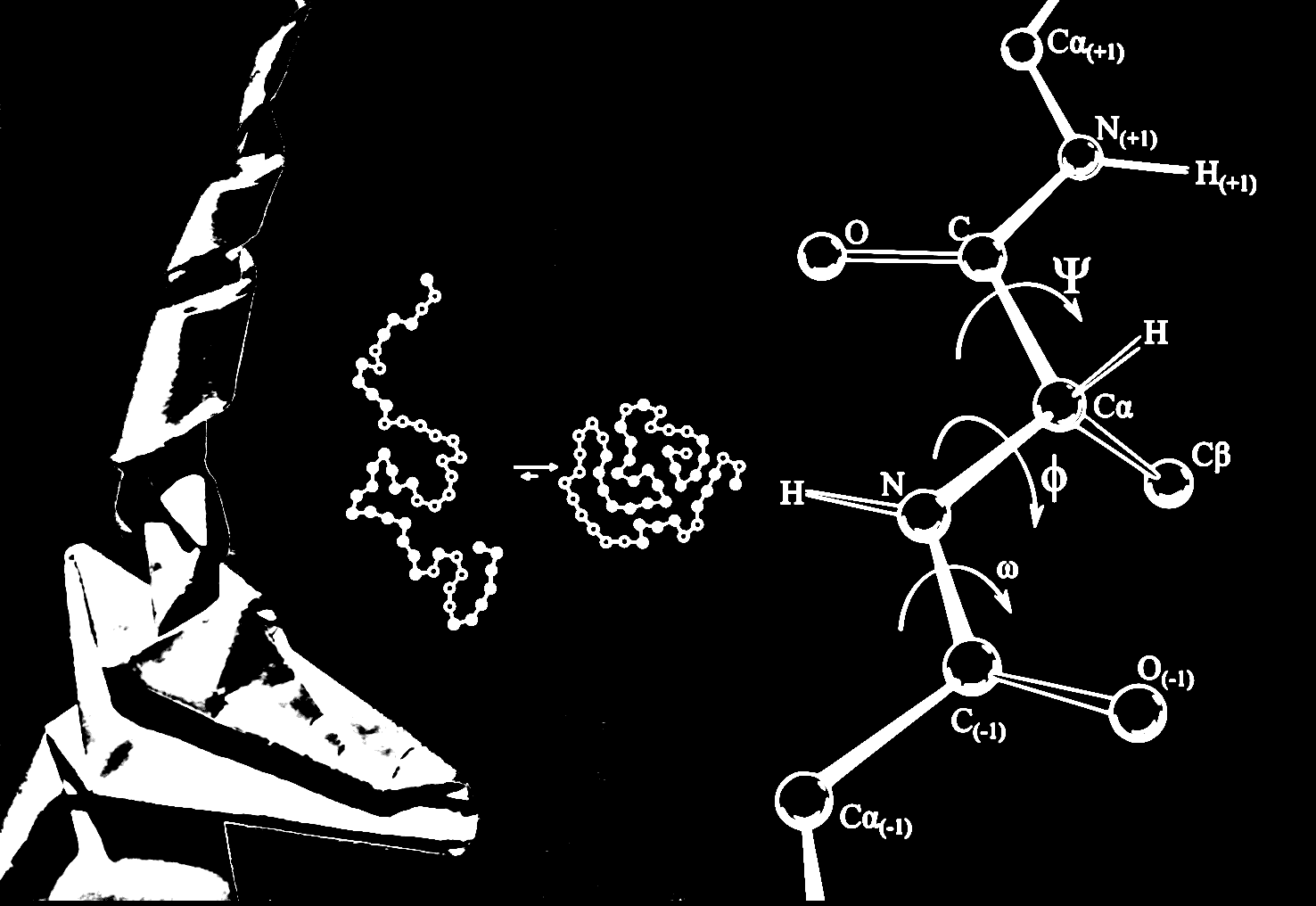Be Part Of A Supercomputer — Join Folding@Home
Where do you think the most powerful supercomputer in the world is? Some underground lab in Europe, shedding cryogenic fog and pulsing with a faint blue light? Rippling a latticework of primary colors in a Bay Area tech corp campus?
If so, you’d be wrong. It’s actually sitting on a cluttered desk in a home office in suburban Des Moines.
It’s not just there, of course, it’s also in an entertainment center in a dorm common room in Massachusetts. And next to some cans of solvent on a garage workbench in Spain. It’s in all of these places and tens of thousands more, a network of desktop terminals, game consoles, laptops, and at least four cyberdecks linked in a massive hivemind. It started in late 2000, packaged as a screensaver that could pool the resources of the computers running it by delegating discrete packets of data for each individual machine to crunch in their spare time. In the two decades since then, it’s grown to the point where its sheer computational power outstrips any other computer humanity has ever built.
So what is this unparalleled amalgamation of processing technology being used for?
Atomic-scale origami.
Crowdsourced Supercomputing Lets Us Answer Big Questions
Humans are, to a very large extent, made of protein molecules, so a lot of the things that go wrong in our bodies are linked to something going wrong with those proteins—or malicious organisms interacting with those proteins in ways we want to prevent.
But it’s not just the chemical makeup of a protein that determines how it acts in the body, it’s also the shape it’s twisted into.
Folding@Home jiggles, twists and contorts virtual models of proteins into procedurally generated shapes in order to study how those shapes affect their function. This is useful for studying diseases like Alzheimer’s and cancer, finding new antibiotics to fight resistant superbugs, and developing drug candidates that could block the ability of viruses like HIV and COVID-19 from attacking human cells.

Folding@Home Is Flipping FLOPs Faster Than The Fuzz
A recent uptick in interest during the COVID-19 pandemic saw more people than ever donating their spare FLOPs (FLoating-point OPerations per second) to F@H, and in March the Folding@Home computing system became the first in human history to exceed 1 exaFLOPs, or 1 quintillion calculations every second. Not only that—it more than doubled that by April, running at over 2.4 exaFLOPs. That’s more than 16 times faster than the fastest single supercomputer, known as Summit and run by the Department of Energy in Tennessee.
Since the project’s inception, over 200 scientific papers have been produced based on the results of the program, greatly adding to our understanding of everything from how Alzheimer’s damages the brain to what makes superbugs resistant to antibiotics.
If you like the idea of donating your spare computer power to science, check out the installation guides for Windows, Linux and Mac.
Join The CyberPunks.com Folding@Home Team
To get involved, simply following the installation guides referenced in the article, and designate Team # 266446 when you start the application!
